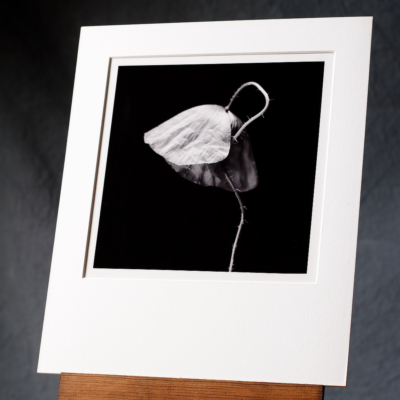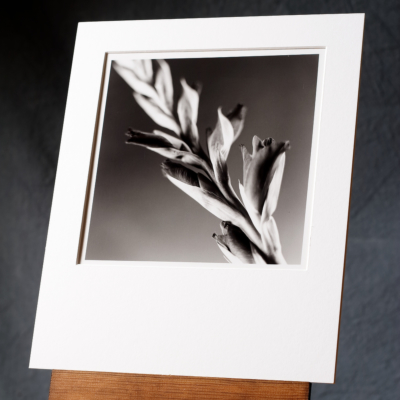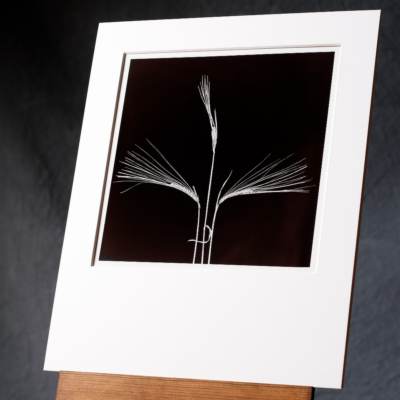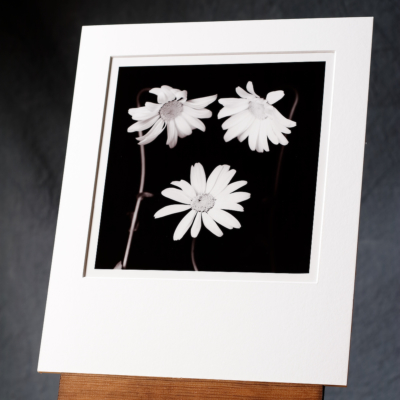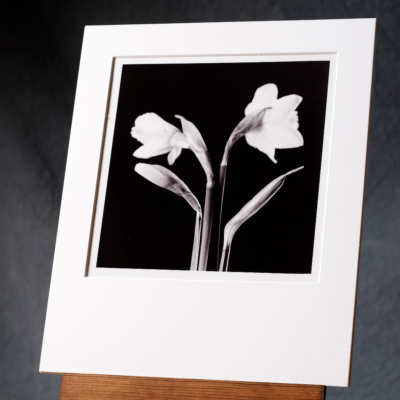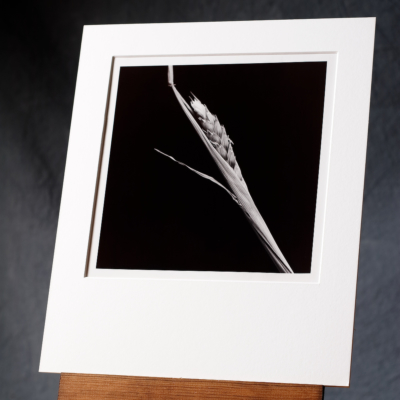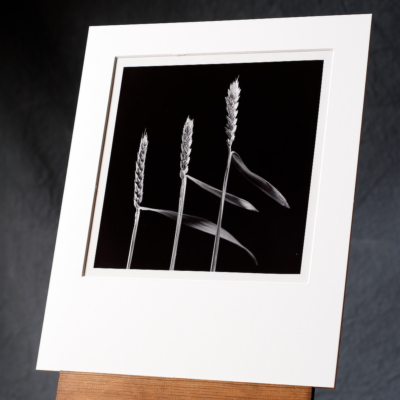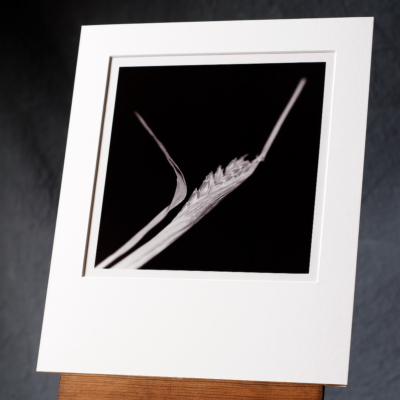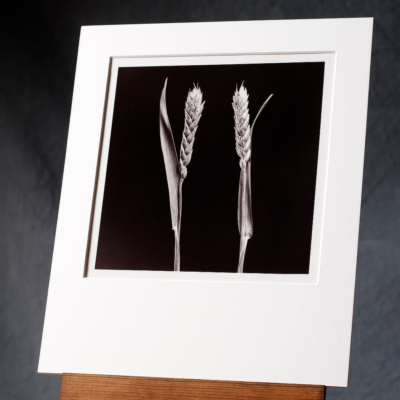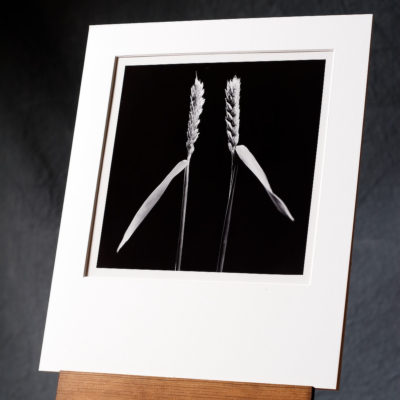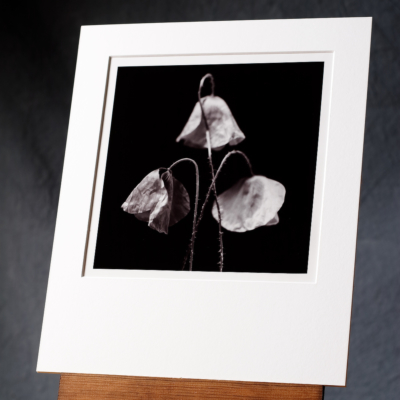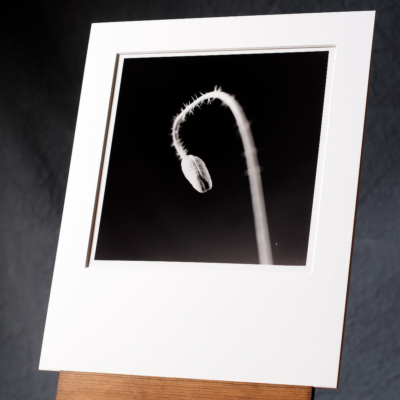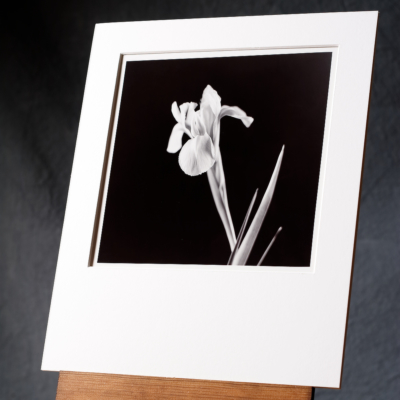Our silver gelatin prints
Welcome to the prints area featuring our silver gelatin prints!
Here is a small selection of our hand printed photos. All of these silver gelatin prints have been printed by us, by hand, using the artisan techniques of the traditional darkroom.
There will be more prints added soon, so do visit again for new additions!
We have been asked about some of the terminology used about the prints, which may be new to some readers. To help understand and appreciate the prints, we have provided a brief introductory explanation of some terms, here.
Silver gelatin print F.A.Q.'s
Silver gelatin is a phrase that has been adopted to differentiate black and white darkroom prints from other types of print production.
Although not a very accessible type of description, especially to newcomers to black and white film photography, it is an accurate one. Silver is required to make the image on a print and gelatin is used to hold them in place. Yes, the gelatin is the same that is used to give a panna cotta the wobble!
A silver gelatin print is very different to a litho print, such as in a magazine, or an ink jet print, sometimes referred to as a ‘giclee print’, where inks are blown onto a paper base.
We love the silver gelatin print!
Fibre-based is a slight misnomer as the majority of papers, photographic or not, are based on pulped fibres ranging from wood through to cloth, such as cotton.
In our context, fibre-based is one of the two basic types of paper available to a photographic printer; the other type is called ‘resin coated’. The resin coated paper will have an additional layer that resists the processing chemicals from soaking into the paper fibres. A fibre-based paper doesn’t have this layer of resin.
A fibre-based paper can allow the development chemicals to reach and soak into the paper fibres, if given enough time. This can enable fine tuning of a printed image through being more receptive to slight variations in the process recipes. Additionally, the image printed on a fibre-based paper have a visual depth to it, almost a 3d quality, not seen with other types of papers.
Want to read some more about this? We have an article about fibre-base paper here.
“What is a darkroom?” – This question is not as odd as it may first appear, as darkrooms are not as common as they used to be.
A photographic darkroom is essentially “what it says on the tin”, to misquote an advertising slogan. It is a space (room) which either is, or can be made to be, without light (dark)!
A photographic darkroom is essential for analogue photography, if doing film processing or printing oneself. Without it the light sensitive materials like photographic film or silver gelatin paper would be ruined by light, which is not a good thing!
We have an article about the photographic darkroom here. Why not have a read!
Selenium toned or selenium toning is one of many additional process that can be applied to a photographic print, generally after the image has been printed.
The selenium toner alters the composition of the silver particles in a print to a more stable condition. This can assist with protecting the image from deterioration and the long-term life of the print. The selenium toner can alter the image tone of a print, with different colour tones available, depending upon the paper type and ways of working with the toner.
Toners are a very useful tool for the printer to employ in creating a presentation print consistent with their creative vision.
